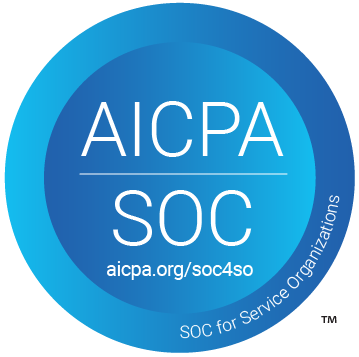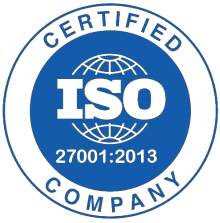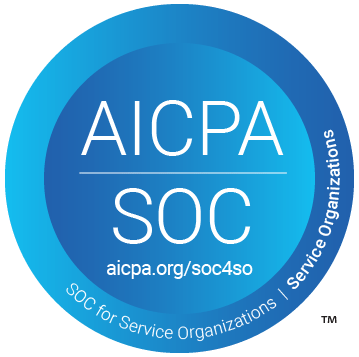Learn how to add a Google Sheets row into MongoDB using Pabbly Connect. This step-by-step guide covers the entire integration process. Follow this definitive guide to creating powerful automated workflows with straightforward, efficiency-focused solutions that save valuable time.
Watch Step By Step Video Tutorial Below
1. Setting Up Pabbly Connect for Google Sheets and MongoDB Integration
To start integrating Google Sheets with MongoDB, you need to access Pabbly Connect. This platform allows you to automate the data transfer process seamlessly. Begin by signing up for a free account on Pabbly Connect, which takes just a few minutes.
Once logged in, navigate to the dashboard and click on the ‘Create Workflow’ button. Name your workflow something like ‘Google Sheets to MongoDB’ and select the appropriate folder for your automation. This sets the stage for connecting your Google Sheets with MongoDB through Pabbly Connect.
2. Setting Up Trigger in Pabbly Connect Using Google Sheets
In this step, you will set up the trigger that detects new rows in Google Sheets. In the trigger window of Pabbly Connect, search for ‘Google Sheets’ and select it as the app. Choose the trigger event as ‘New or Updated Spreadsheet Row’ from the dropdown menu.
- Select the Google Sheets app in the trigger window.
- Set the trigger event to ‘New or Updated Spreadsheet Row’.
- Copy the webhook URL generated by Pabbly Connect.
After copying the webhook URL, go to your Google Sheets. Under the ‘Extensions’ tab, click on ‘Add-ons’ and select ‘Get Add-ons’. Search for the ‘Pabbly Connect Webhooks’ add-on and install it. Once installed, refresh your Google Sheets to ensure the add-on is active.
3. Initial Setup of Pabbly Connect Webhooks in Google Sheets
After refreshing, go back to the ‘Extensions’ tab, hover over the ‘Pabbly Connect Webhooks’ add-on, and select ‘Initial Setup’. Here, you need to input three pieces of information: selected sheet, webhook URL, and trigger column.
- Choose the sheet you want to monitor for new data.
- Paste the webhook URL you copied earlier.
- Specify the trigger column, which is the last column where data will be entered.
Once you have filled in these details, click on ‘Send Test’ to verify the connection. If successful, you will see a confirmation message. Finally, click on ‘Submit’ to complete the setup. This step establishes the connection between Google Sheets and Pabbly Connect.
4. Configuring MongoDB Action in Pabbly Connect
Now that your trigger is set, it’s time to configure the action to send data to MongoDB. In the action step of Pabbly Connect, search for ‘MongoDB’ and select it as the app. Choose the action event as ‘Create Record’.
Next, click on ‘Connect’ and select ‘Add New Connection’. You will need to enter your MongoDB connection string, which you can find in your MongoDB account under the ‘Clusters’ section. Make sure to include your username, password, and database name in the connection string.
Navigate to your MongoDB account and access the connection string. Enter your MongoDB username and password in the required fields. Specify the name of the database where you want to store the data.
After entering all the necessary information, click ‘Save’. This action connects your MongoDB account with Pabbly Connect, allowing data to flow from Google Sheets into your MongoDB database.
5. Mapping Data from Google Sheets to MongoDB
In this final step, you need to map the data from Google Sheets to the corresponding fields in MongoDB. After setting up the action, you will see options to create custom JSON data. Turn on the mapping option to automatically populate the fields with data from Google Sheets.
Map each field from Google Sheets to its corresponding field in MongoDB. For example, map the ‘First Name’ from Google Sheets to the ‘name’ field in MongoDB, and continue this process for all relevant fields such as email, mobile number, age, and city.
Ensure all fields in MongoDB have corresponding values from Google Sheets. Double-check the mapping to avoid data discrepancies. Click ‘Save’ and then ‘Send Test Request’ to verify the data transfer.
Once the test is successful, your automation is complete. You can now add new rows in Google Sheets, and they will automatically reflect in your MongoDB database through Pabbly Connect.
Conclusion
In this tutorial, we explored how to add a Google Sheets row into MongoDB using Pabbly Connect. By following these steps, you can automate data entry, ensuring seamless integration between your Google Sheets and MongoDB database.
Ensure you check out Pabbly Connect to create business automation workflows and reduce manual tasks. Pabbly Connect currently offer integration with 2,000+ applications.
- Check out Pabbly Connect – Automate your business workflows effortlessly!
- Sign Up Free – Start your journey with ease!
- 10,000+ Video Tutorials – Learn step by step!
- Join Pabbly Facebook Group – Connect with 21,000+ like minded people!






